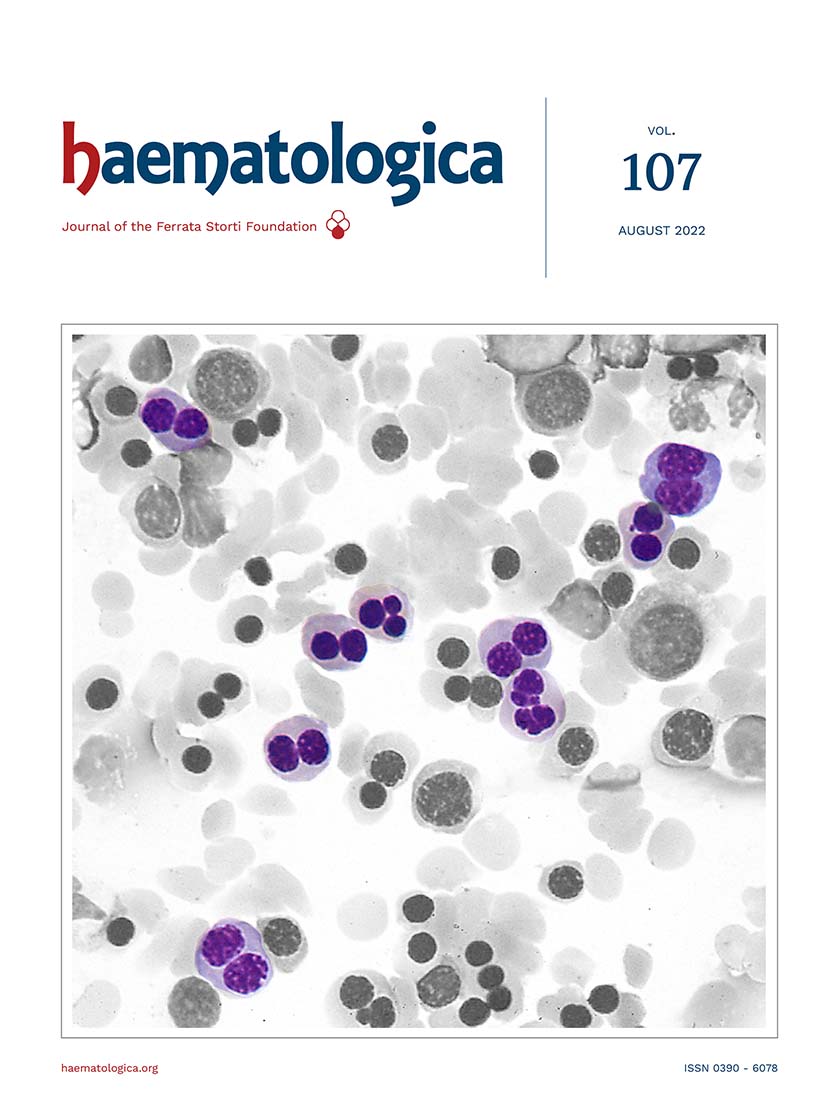Congenital dyserythropoietic anemias belong to a group of rare/very rare inherited conditions characterized by a maturation arrest during erythropoiesis with reduced reticulocyte production, which contrasts with the erythroid hyperplasia in the bone marrow. All these disorders are characterized by distinct morphological abnormalities of erythroblasts and result in congenital anemia of variable degree. Congenital dyserythropoietic anemia type II (CDA-II) is the most common of these inherited disorders. In CDA-II patients, anemia is generally normocytic and peripheral blood smears show moderate to marked anisopoikilocytosis including elliptocytes, spherocytes, dacryocytes, schistocytes, basophilic stippling and occasional nucleated red cells. Bone marrow smears are characterized by marked erythroid hyperplasia. The unique feature of CDA-II is the presence of a large number of bi- or multi-nucleated late erythroid precursors. The percentage of erythroblasts with more than one nucleus ranges from 10 to 30%. The figure shows that in this patient most binucleate cells are orthochromatic erythroblasts, but there are also a few more immature erythroblasts with two nuclei. Note also the lobulated nucleus of the erythroblast in the center. These abnormalities clearly indicate that incomplete cytokinesis is one of the features of erythroid cells in this condition. CDA-II is an autosomal recessive disease caused by biallelic mutations in the SEC238 gene. SEC23B is an essential component of coat protein complex II (COPII)-coated vesicles that transport secretory proteins from the endoplasmic reticulum to the Golgi complex in erythroid cells. Abnormalities in SEC23B activity may affect both erythroblast maturation/division in the bone marrow and red cell survival in the circulation.1
Footnotes
Correspondence
Disclosures
No conflicts of interest to disclose.
References
- Bianchi P, Invernizzi R, Holman C. Congenital dyserythropoietic anemias. Haematologica. 2020; 105(Suppl 1):177-183. Google Scholar
Figures & Tables
Article Information

This work is licensed under a Creative Commons Attribution-NonCommercial 4.0 International License.

